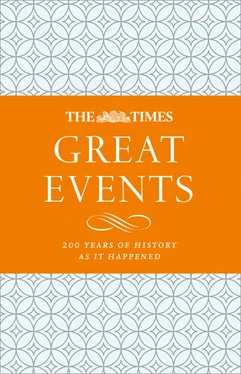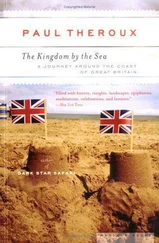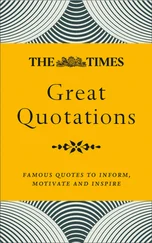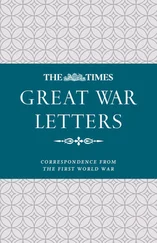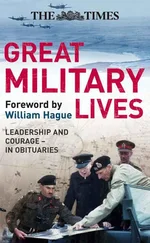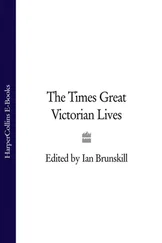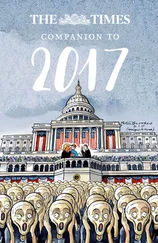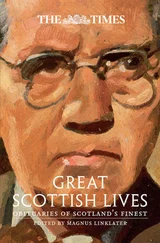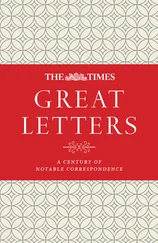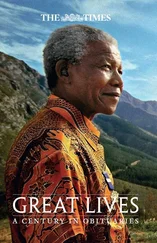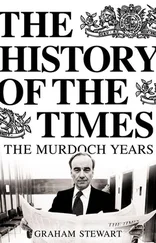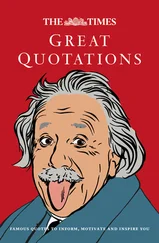In particular, the paper sought from its earliest years to provide regular news from Europe and, later, became one of the first to employ war correspondents to report from the battlefield. Its willingness to print despatches from closer to home, notably details of the Peterloo massacre, was another sign of its independent thinking.
The early development of The Times acknowledged a changing world in which the repeal of taxes on papers hugely increased their circulation and new technology transformed the speed at which news could be gathered; its report in 1840 on the Treaty of Waitangi, which established British governance over New Zealand, took six months to arrive by sea. (Publications that had sat alongside The Times in its early days, but did not focus on the events of the day, turned into magazines.)
Thereafter, The Times evolved as greater competition in the late-nineteenth century challenged its dominant position. It added other sections – editorial leaders, letters, obituaries – which became similarly renowned and valued by its readers. Yet news remained at its core, and still does, even if these days it is filed and edited ever more remotely.
What newspapers afford journalists, that a lens does not, is the opportunity to combine immediacy with a period of reflection. The camera can convey the drama of the moment – an aircraft flying deliberately into a building – but it cannot judge what it signifies. News in print preserves not only the facts, but also the human dimension to great events.
So, in this cavalcade of almost 250 years of history, Times correspondents witness triumph and disaster, but they also bring home their impact on those affected by them. Here is the unsuspecting Doctor Crippen about to be handcuffed by the policeman who has tracked him down, and there the spectators willing the exhausted Dorando Pietri to reach the finishing line of the marathon in the 1908 Olympics.
Japanese soldiers sweep into Nanking, watched by many who will soon become their victims. The Berlin Wall falls, and the Cold War ends, when a single bureaucrat makes a mistake. Thousands of ordinary people queue to pay their respects to the great figures who helped to shape their lives: Sir Winston Churchill; the Queen Mother; Elvis Presley.
Then there are the scoops. It was The Times that broke the news of Everest’s conquest, just in time for the Coronation, and it was William Howard Russell’s reports from the Crimea that changed the nation’s opinion of the war, of soldiers and of their right to be nursed. The government first learned of Russia’s proposals for peace from the paper. And while The Times may not have stooped to cover the first international football match, it did write up the first cricket Test match, in Australia in 1877.
In other words, even if those caught up in it do not always realise at the time, the history of news is the history of the world as it unfolds. To read it is to see how a society that in the eighteenth century had changed little in millennia became, in short order, the modern age.
But it is to see it from two perspectives, that of the day and with the advantage, too, of hindsight – of knowing how the story ended. Reading it, one appreciates how quickly events move and how rapidly their central figures pass from sight, caught in the backwash of time.
It may feel like the not-too-distant past to some, but few people under 50 can recall the drama that led to the downfall of Margaret Thatcher, let alone remember how the Exchange Rate Mechanism worked. (Indeed, how many know that it was she, improbably, who took Britain into the ERM?)
How we consume and discover news is changing faster than ever. More and more, it is becoming individually tailored to readers’ own interests, and perhaps via some outlets to their prejudices. Fewer people now have to physically turn the pages of a paper to reach their favourite parts, being exposed to news on the way, whether they are interested or not. Historians of the future will find it harder as well to gauge how a story evolved when the multiple editions of a newspaper have given way to the unrecorded swipe of an app.
What the news in this volume therefore represents is an experience that its readers had in common, a consensus – now fractured, if not yet vanished – about what counted as news. For centuries, that did not change, even if the personalities did. The nature of celebrity evolved, society became less deferential, but history was still made by forces and by human factors that were eternal.
What appetite there will be for news in the information age remains to be seen and, above all, how objectively it will be presented. Yet, one thing is certain: people will always want to know what happened next.
The way that stories were reported in The Times changed significantly (if not rapidly) over two centuries, not least in response to technological innovations. This included the introduction, for instance, of photographs, but these were rarely integrated into copy until the 1960s, and not widely until rather later.
Many news reports, therefore, especially in Victorian times, ran at great length – those from the Crimea were several pages long – and accordingly it has been decided to limit the extracts in this anthology to about 500 words each. The selection has been confined to accounts of events, rather than taken from editorial opinion or individual comment on them.
Notwithstanding that many of the articles in this anthology were written at a time when views that might give offence today were tolerated, the original language, style and format of them as they appeared in the newspaper has not been amended. The date on the article is that on which it first appeared in the newspaper, and an index of people, places and events can be found at the end of the book.
In case it might be helpful, I have added some contextual notes as seems necessary to explain the background to the events recounted, outline additional accepted facts, and describe what happened subsequently.
JAMES OWEN
GREAT EVENTS
GEORGIAN TIMES
THE FALL OF THE BASTILLE
20 July 1789
The public are already in possession of M. NECKER’S [the finance minister] dismission yesterday se’nnight [a week] which was followed by a total change in the French Cabinet. It does not appear that M. NECKER’S removal was in consequence of any ill will which the KING [Louis XVI] bore him; on the contrary, his Majesty showed him every mark of respect; and it is even said, advised him to resign. It was, however, this change in Administration, which was the immediate consequence of the present violent commotions.
They began on the Monday morning, and have continued unremittingly ever since. It cannot now be said that the present violences are the effect of a mere unlicensed mob, but they are the acts of the public at large. The concurrent voice of the nation demands a new constitution, nor do we foresee that any power can resist it.
On Monday the people joined in greater numbers than they had hitherto done and seemed determined to be revenged for the insult which they said was offered to them, by removing M. NECKER. Previous thereto, the mob had destroyed several of the toll-gates belonging to Government in the vicinity of Paris, as well as the books belonging to the Excise Officers, by which very large entries of goods passed without paying the revenue, and every part of the metropolis exhibited a scene of riot.
The regular troops held for the protection of Paris were persuaded to join the people; they were encamped in the Champ de Mars, to the number of 5000 men, and marched to the Hotel of Invalids, a building in the out-skirts of the city. The invalids joined the rest, and brought away all the great guns, and other ammunition, belonging to the Hospital. With this reinforcement the people then attacked the Bastille Prison, which they soon made themselves masters of, and released all the State Prisoners confined there, among whom was Lord MAZARINE, an Irish Nobleman, who has been confined for debt near 30 years. The prisoners in the other goals were freed in like manner, excepting such as were under sentence of death, whom they hung up within the prisons. This seemed to argue a premeditated design, as well as great caution.
Читать дальше
